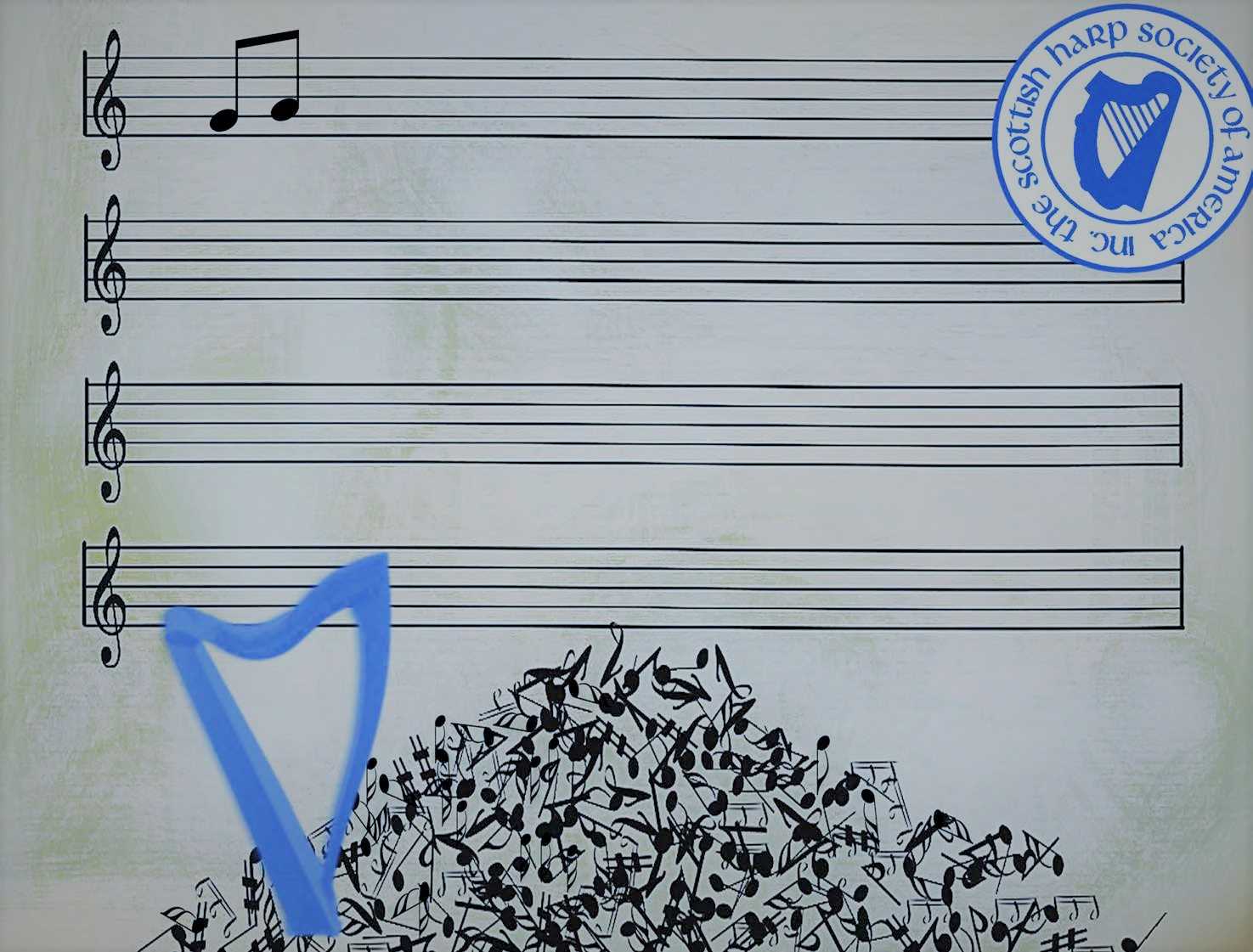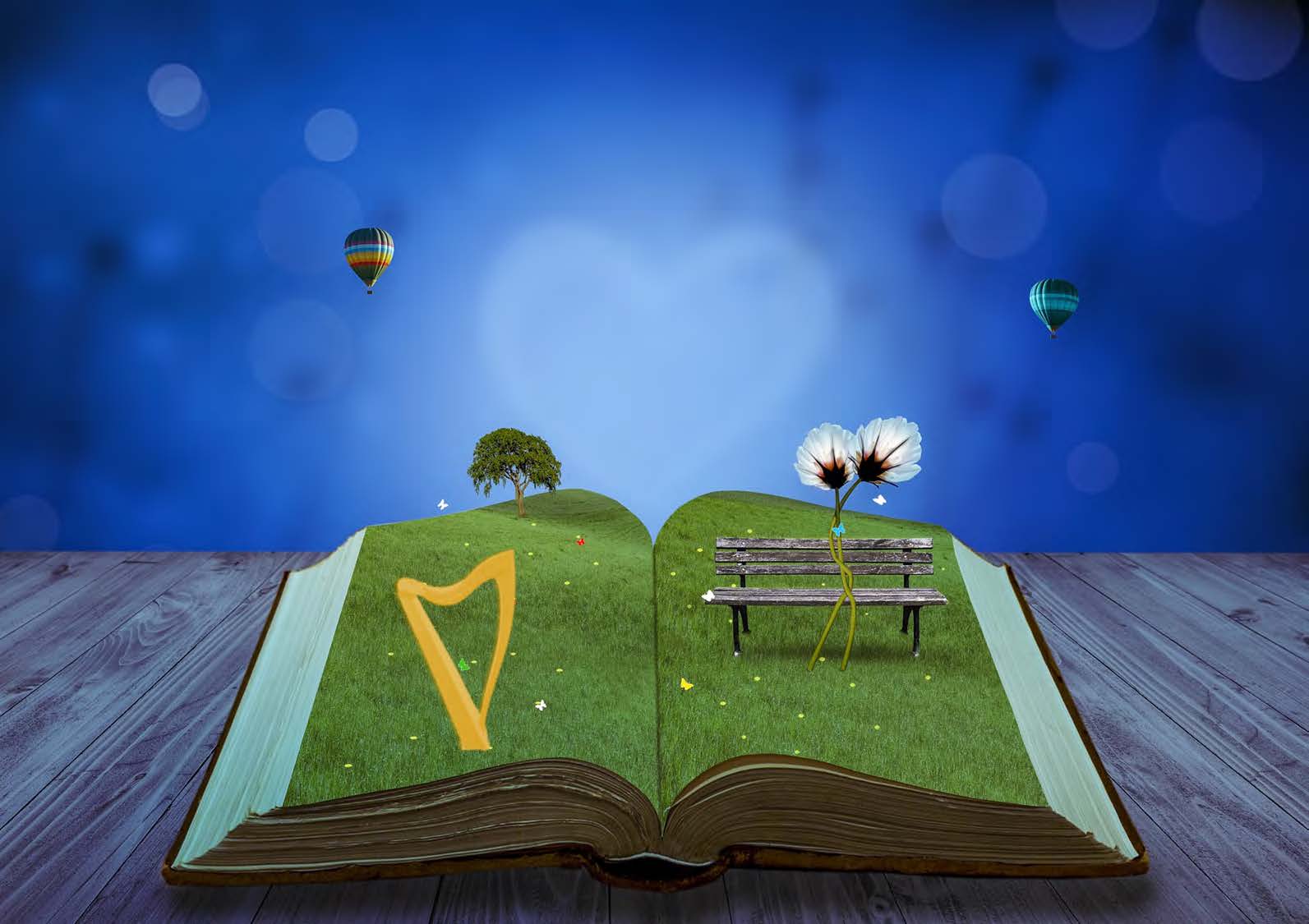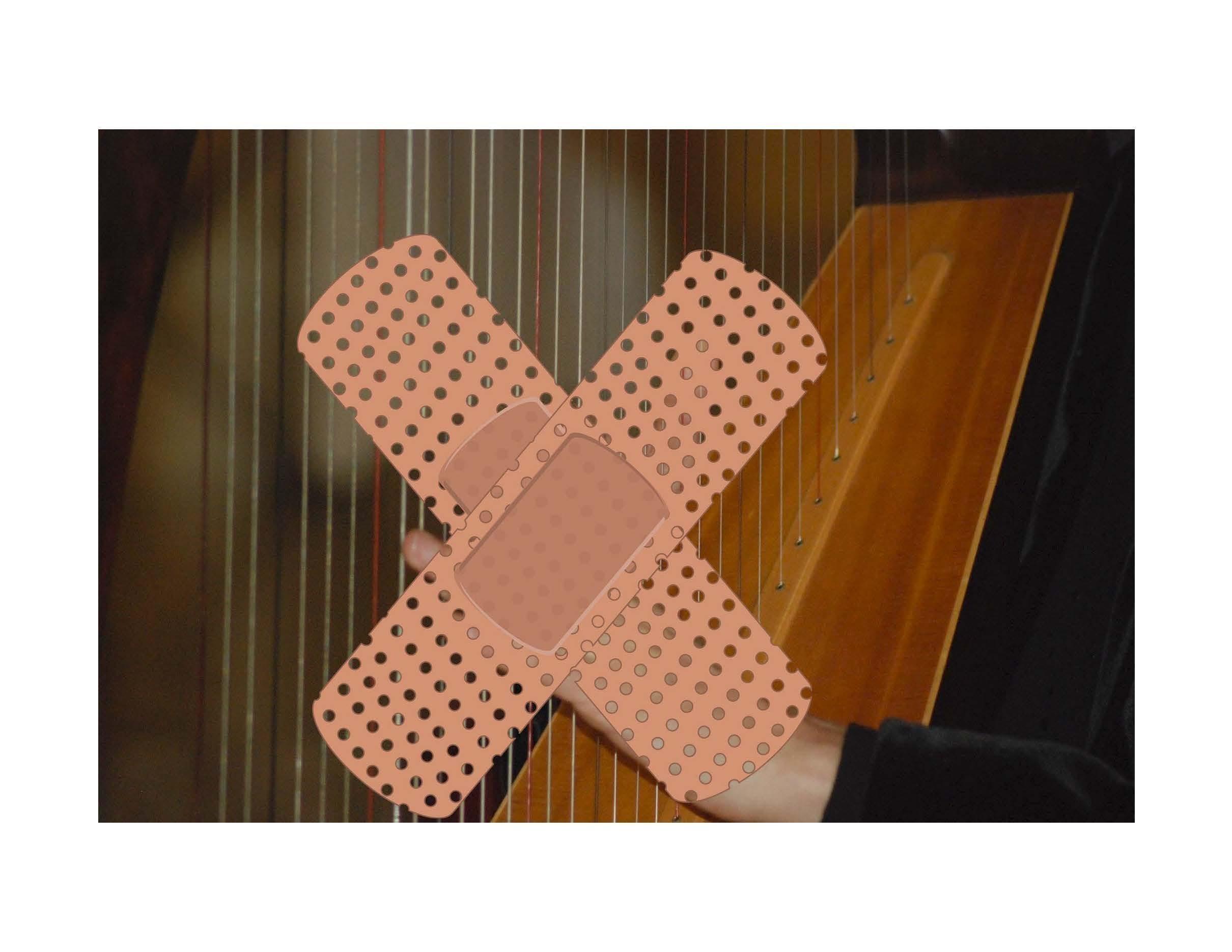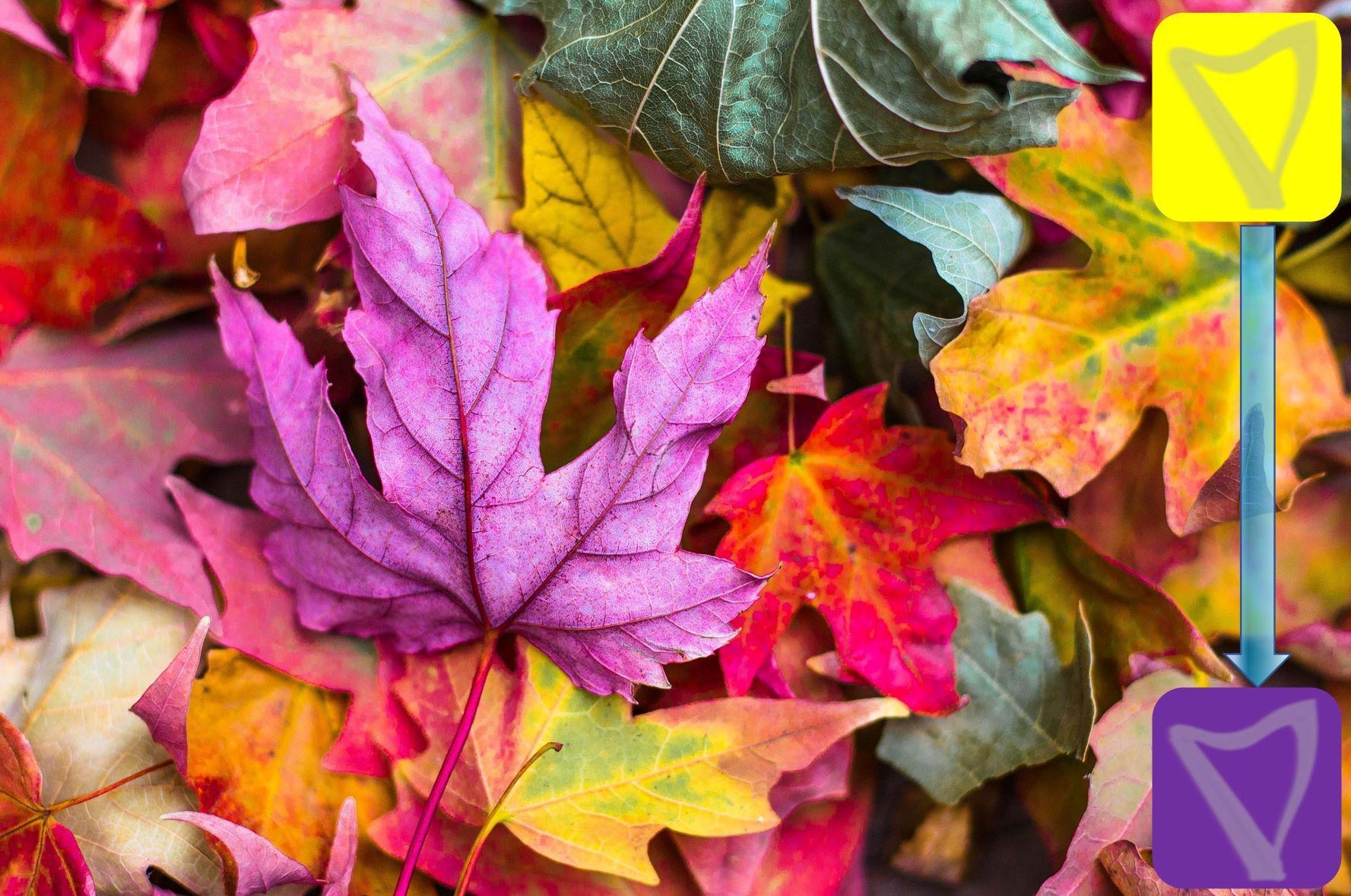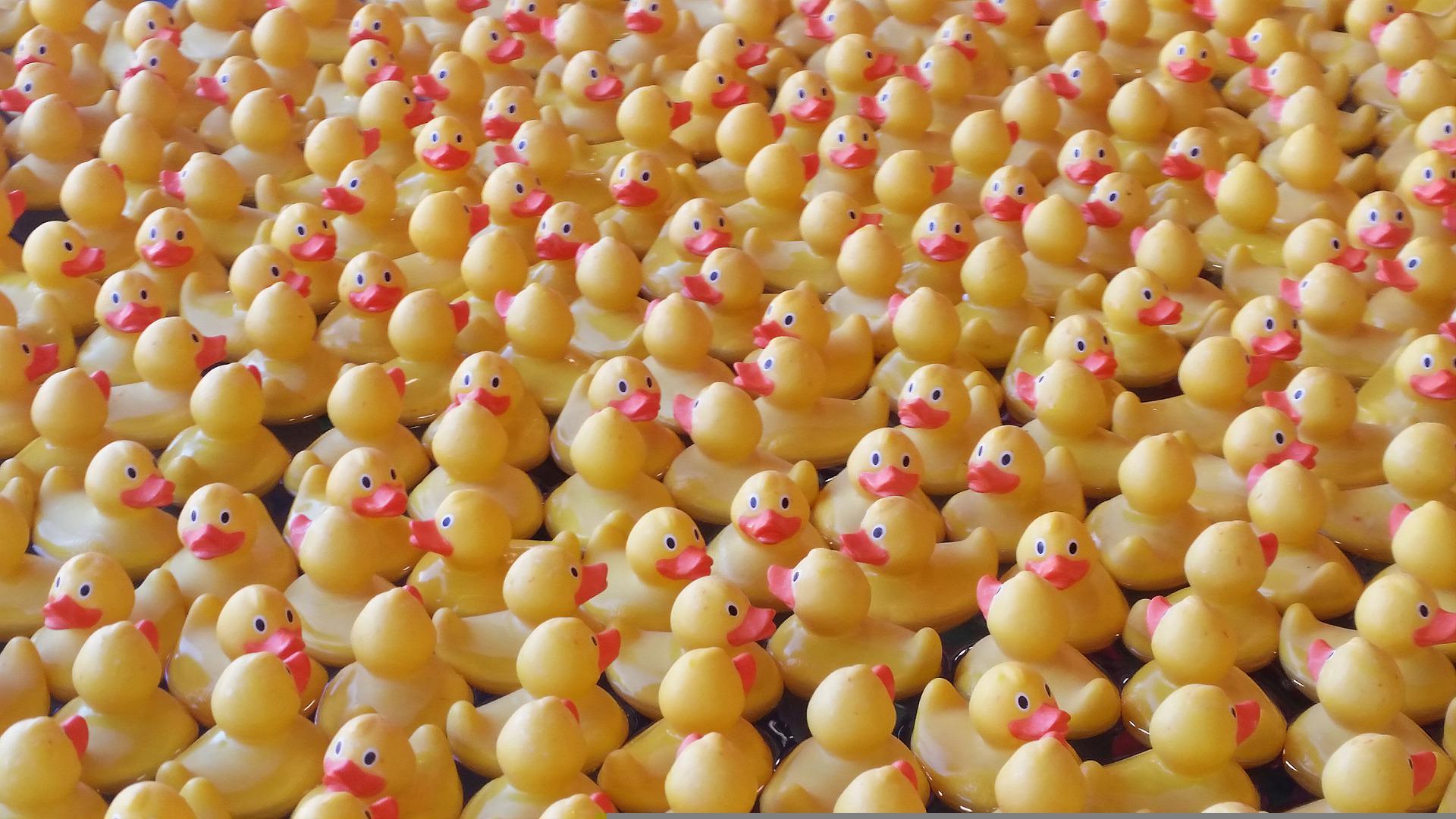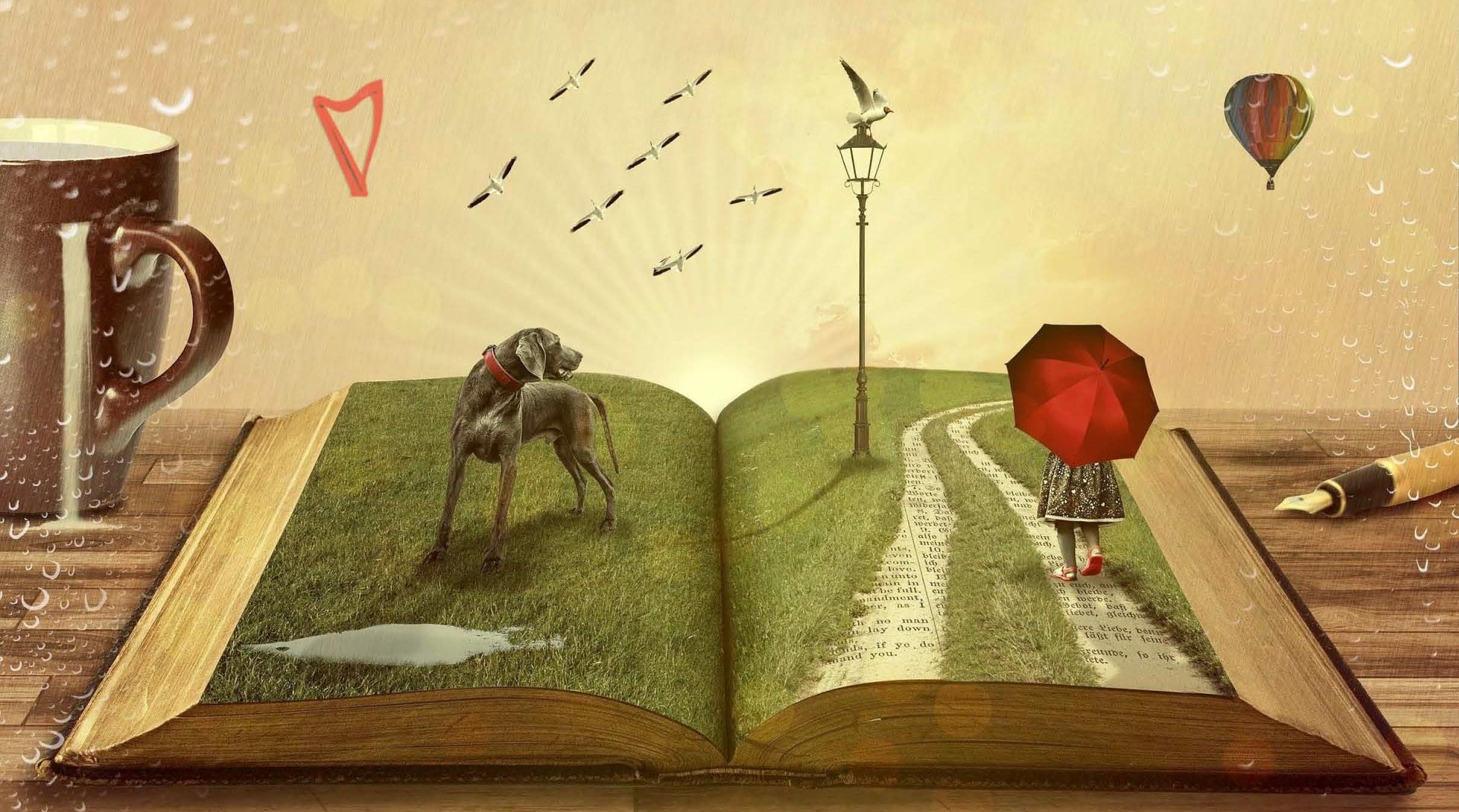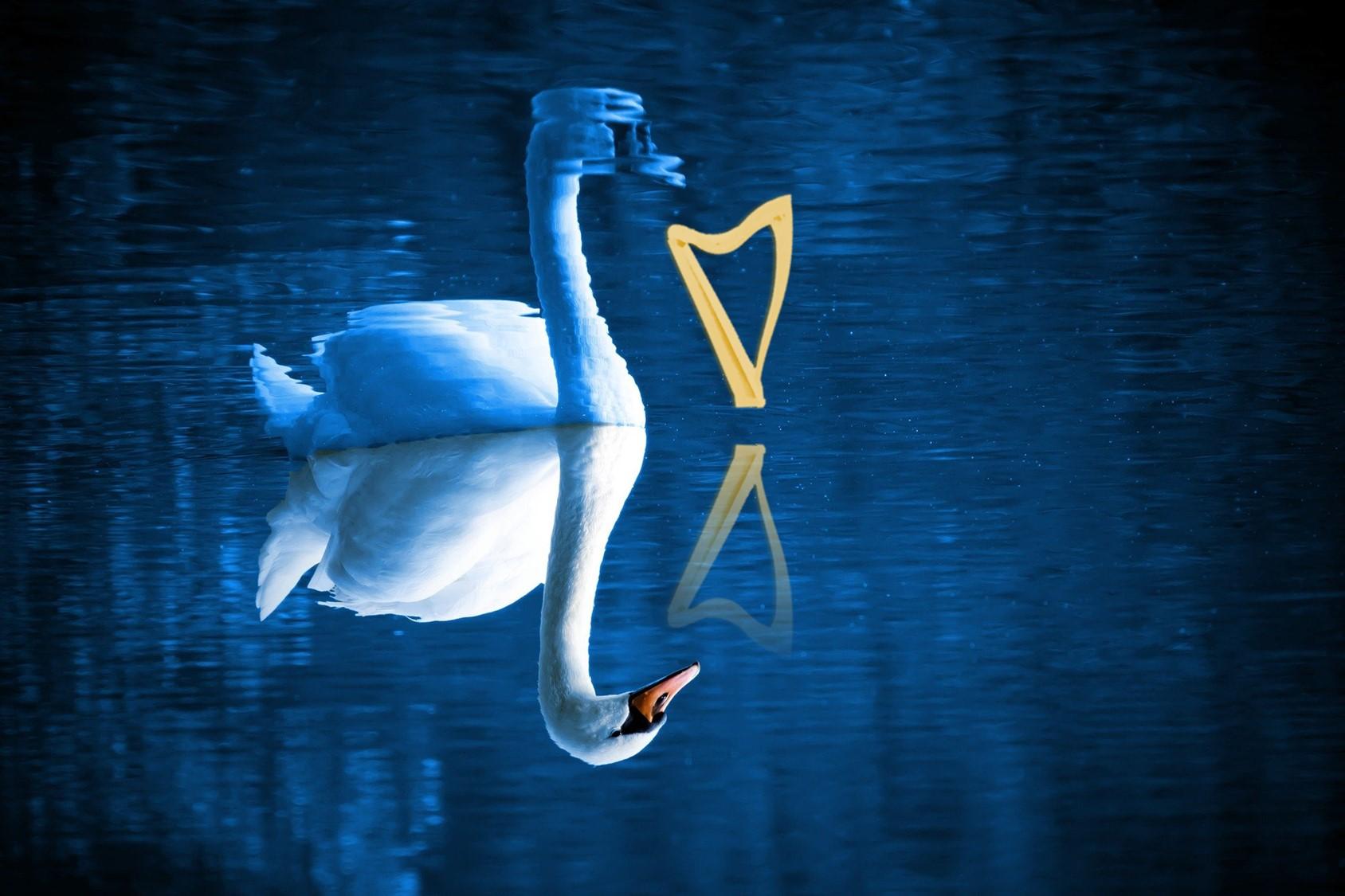I got to be at the Scotland Connecticut Highland Games this weekend – and I had a fantastic time! There were loads of harpers there and we got to spend the entire day doing harp-y things. As usual – although I promised myself that I’d take loads of pictures – at the end of the day, I fell asleep that night thinking, “oh phooey, I never took my camera out!” (again).
One of the things I enjoyed so much about being there was the wonderful energy that everyone brought. Some people came to compete again. Some came to compete for the first time. Some came to be part of the group, enjoy the time, learn a tune, and share in a beautiful event. All that good stuff got me thinking about our harps events as the celebrations they are.
Celebrations? Yes – we really were celebrating nearly continuously – we learned, we played, we shared music – all of those are celebrations of sorts. But we don’t normally think about it like that – and we probably should. We make advances (large and small) each day that we get to spend time at the harp. We need to find a way to celebrate each of those achievements!
What kind of achievements do I mean? Well, how about:
- Learned a new tune
- F-i-n-a-l-l-y got a technique element we were learning (or we “ironed it out”)
- Practiced one hundred days in a row
- Or, practiced five days this week
- Remembered to trim our nails – before we started practicing!
- Accomplished all our weekly practice goals
- Performed in public (for the first time?)
- Conquered a tune that had been resisting being played (or am I the only one that sometimes feels like that?)
- Actually remembered to use dynamics while playing
So, how should we celebrate? How about:
- Tell your closest “harp friend”
- Play a fanfare to your success…on your kazoo
- Post a video to Facedegram
- Make yourself a sticker chart (like when you were a kid)
- Wear a tiara or crown while practicing the next day
- Have a cookie!
- Go to a harp event (and have a great time)
It doesn’t really matter how you celebrate – as long as you DO celebrate your little wins. It will help keep you motivated and remind you that you get to play the harp! What could be better than that?
I am sure you have more/better achievements! What would you like to celebrate? What would you choose as your reward? Let me know in the comments!

